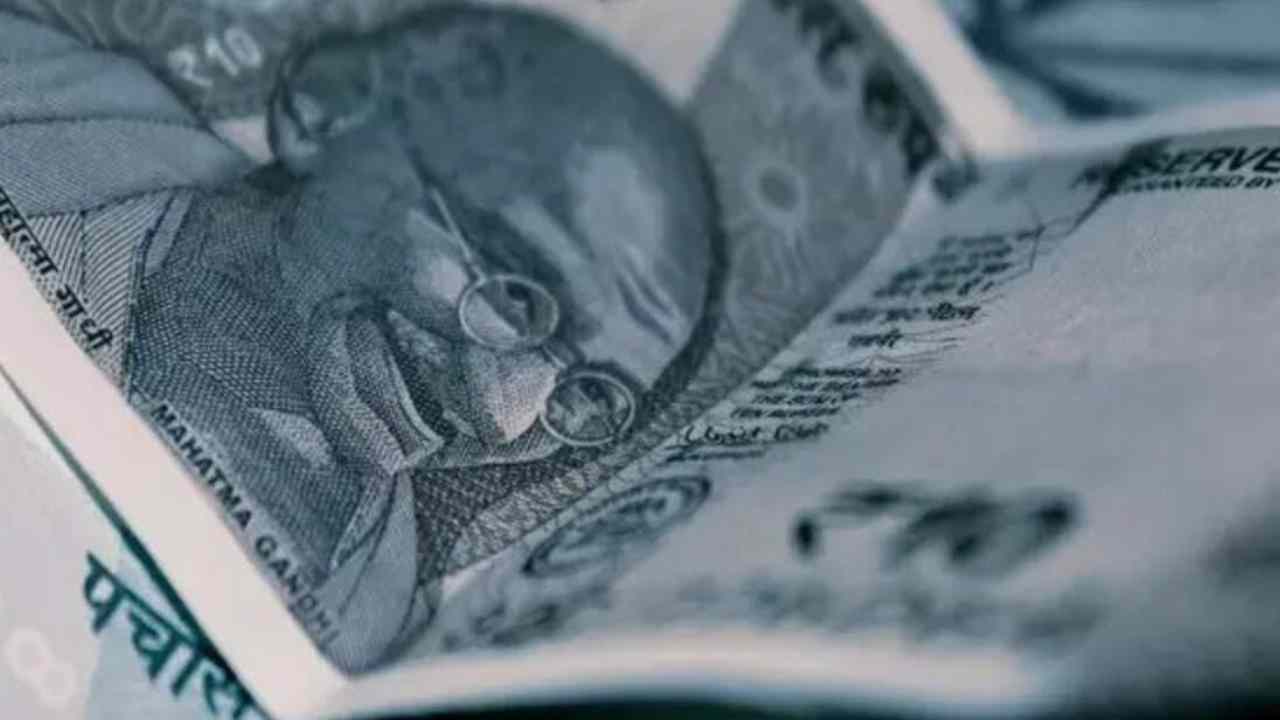However, the report by Nuwaama has raised concerns about the demand and use of who to say, ‘Who will multiply the liquidity money’.
The report raised the question as to whether these measures will be sufficient to revive the demand and financial speed. Historically, reducing rates together with financial expansion or export rebounds has become the most effective.
According to the report, the current situation presents challenges on both fronts. While tax revenue growth is less than the increase of national GDP, the government remains debt-immune and focuses on financial integration.
Corporate India, which is creating high free cash flow, is limited to demand instead of liquidity, withholding costs and slowing down capital costs.
This releases homes as a primary possible drivers of money multiplier, but limiting the mobility of the weak income and existing indebtedness to significantly increase their capacity demand. The report says the effectiveness of India’s financial ease is to deal with structural difficulties. Unlike the previous Easy Bicycles in 2 and 2 in, along with strong financial expansion and export rebounds, today’s policy support is less comprehensive. The financial policy has remained neutral and the potential for the neutral, V-shaped recovery of global trade is limited. The report states that the four readers of GST have positively surprised, but in April and May 2025, it has been more than 2 lakh crore for over Rs 2 lakh crore, but a large part of it has come from tax on imports.
At the forefront of the global front, the United States is experiencing “EM-style” decopling a unique emerging market for its currency and interest rates. If the yield of the treasury has increased, its safe-in-law has decreased and the foreign investors have been motivated to sell the US-named property.
And this dynamic has somewhat depressed emerging markets with India, which allow them to reduce rates despite American production. However, the US trade deficit is expected to be narrow at new rates, and this dicopling is seen as self -limited, which can affect global trade growth and limit negativity to the US dollar.
Therefore, the RBI has reduced its rates; The current policy rate is higher than the previous credit cycle bottms. If you lack inflation and current in the current account stability, the analyst suggests that the RBI may need to do something more to stimulate meaningful economic recovery.
.

